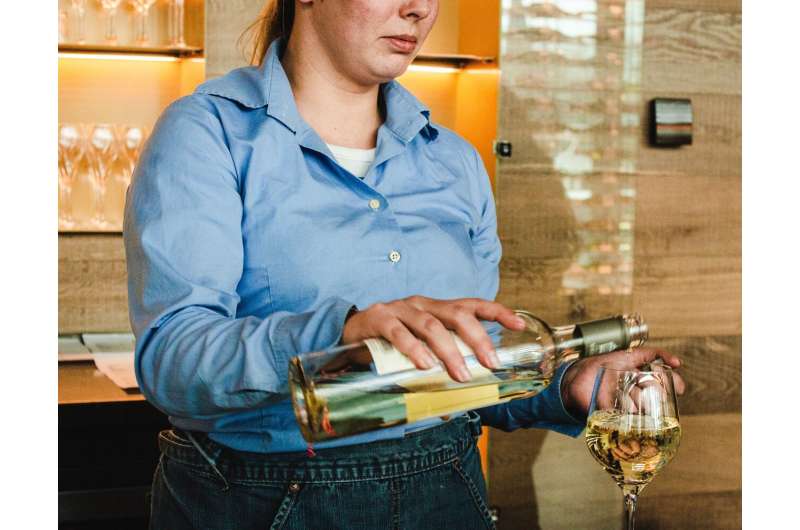Accessible Imaging Technique Enhances Monitoring and Treatment of Atherosclerosis

New breakthrough using common PET imaging technology allows for improved monitoring and treatment assessment of atherosclerosis, offering hope for better cardiovascular care.
Recent research from the Centro Nacional de Investigaciones Cardiovasculares (CNIC) highlights the potential of a widely used imaging method, fluorodeoxyglucose positron emission tomography (18F-FDG PET), to revolutionize how clinicians monitor and manage atherosclerosis. This disease, a leading cause of heart attacks and strokes, involves the buildup of fatty deposits, immune cells, and other materials in arterial walls, often progressing silently over years. Despite existing treatments, accurately assessing disease activity and treatment effectiveness remains challenging.
The study demonstrates that 18F-FDG PET imaging can measure the metabolic activity within arterial plaques, providing insights beyond traditional inflammatory indicators. Unlike previous beliefs that linked this imaging modality primarily to inflammation detection, the findings reveal that the PET signal actually reflects cellular metabolic activity, especially related to glucose utilization. By using an experimental model of advanced atherosclerosis, researchers observed that as the disease was partially reversed through dietary and pharmaceutical interventions similar to human therapies, the 18F-FDG PET signal decreased correspondingly. This decline was associated with reduced expression of genes involved in glucose metabolism in various cell types within the plaques, including macrophages, lymphocytes, and smooth muscle cells.
Lead author Paula Nogales from CNIC explained, "The 18F-FDG PET signal serves as a sensitive indicator of the activity within atherosclerotic lesions, enabling better evaluation of treatment response and disease progression." This discovery paves the way for employing a readily available hospital imaging technology to improve clinical management of atherosclerosis, facilitating personalized treatment strategies and accelerating the development of new therapies for this silent but deadly disease.
The implications of these findings are significant, as they could help physicians better predict cardiovascular risk, tailor interventions more effectively, and ultimately reduce the incidence of heart attacks and strokes caused by untreated or poorly managed atherosclerosis.
Stay Updated with Mia's Feed
Get the latest health & wellness insights delivered straight to your inbox.
Related Articles
Innovative Drug Combo Reduces Alcohol Intake and Nausea in Clinical Study
A groundbreaking clinical trial reveals that combining varenicline and bupropion can significantly lower alcohol cravings and consumption while reducing nausea, promising improved treatment options for alcohol use disorder.
Advancements in Vaccine Development Targeting Staphylococcus aureus
Researchers in China have developed an epitope-based vaccine targeting a critical surface loop of S. aureus, showing promise to combat antibiotic-resistant infections. This innovative approach aims to overcome past vaccine failures and provide effective protection against staphylococcal bacteria.
Global Strategies to Address Osteoporosis Treatment Gaps and Improve Bone Health Outcomes
The IOF's latest Position Paper highlights critical barriers to osteoporosis care worldwide and advocates for a risk-based approach to improve access to treatment, aiming to reduce fractures and improve bone health outcomes globally.



